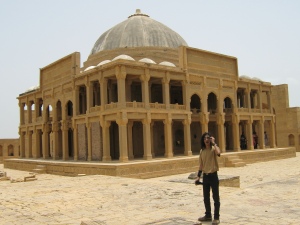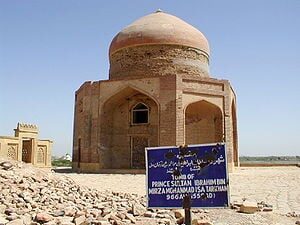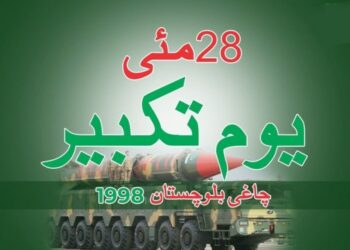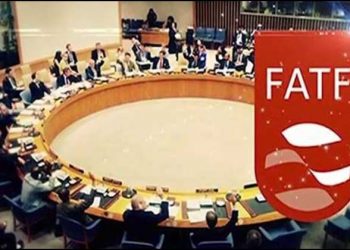The World’s Largest Cemetery, unlike any other grave yard, it’s is on the Hill a kilo meter next to Thatta city province Sindh of Pakistan and it is 90km from Karachi on the Route ( N5, National Highway Authority ) Makli Grave yard in Radius cover over 8 KM in which over 125,000 graves were, My visit there was in year 2000, on that time still it was in good shape a place is not where you cannot walk but you can drive your vehicle inside, because there are paths and even proper roads since ancient time, tombs and monuments even have the doors and not just this, some are double story as well. At first I was not able to understand that is it a grave yard or a city. because roads made up of bricks and monuments like houses are certainly not someone expects from cemetery. There is a history of it and all the sufi saints , rulers , warriors , women , children and God knows who else. Makli became an unsolved myth, which over the years I tried to resolve. as far I researched and being the son of the same soil, Sindh that’s where it is.
Sindh has pretty good history with previous civilizations and the great battles, it was more like a battle ground back in 12th century there were two major groups ( Tribes ) Samma and Tarkhan, The tomb of samma king is also there as well as Tarkhan later ruled in 14th century is also there in a time line history samma governed and ruled from ( 1352 – 1520 ) and from ( 1556 – 1592 ) Tarkhan ruled over this particular region which was known as sindh, before Mughal’s emperors, now it is the part of Pakistan. Interesting part is Jam Nizamuddin II,the most famous Ruler of the Samma Dynasty, which ruled in Sindh and parts of Punjab and Balochistan (region) from 1351-1551 C.E. He was known by the nickname of Jám Nindó. His capital was at Thatta, He is recalled as a Hero, his tomb is there, after his death Jam Ferozuddin who lost the sultanate (Empire) by the army of Shah bag Arghun who was thrown out of Kandahar ( Presently in Afghanistan ) by Babar Emperor.
History tells us the lost tale of the city of the silence, how time after time one ruled and other invade it after some time, in short after Indus Civilization ended which left the mystery behind Sindh , Baluchistan and Punjab became a play ground for huge big army’s and dynasty’s. but Makli became the historic place,

Samma Kings Grave
Makli cemetery which cannot be compared with any other around the world. In Present days United Nation, UNESCO World Heritage site. I Visited Makli recently in July,2011 and I saw shocked to see the condition of the graves , tombs and monuments, what it seems to me most turned into ruins and mount, vanished and destroyed by rainfalls and since UNESCO nor Pakistan Government is not taking care of this site at all. UNESCO and Government of Pakistan should realize that these are heritage assets and historic place but as time passing by it’s all disappearing. Back in 2000 the graves , tombs were better in shape clear stone embossed Holy scripture of Quranic Verses , on the graves of the saints , weapons dagger and swords on male warriors , on female’s grave jewelery, prints ( Block Printing ) and on the children , toys, stars,sun,moon were embossed it was easy to notice, is it male’s grave or female’s now it is quite difficult, no one is taking care of it as they should. there is an office on the entrance but people who as assigned by United Nation UNESCO World Heritage are not there most of the time, only servants are in the office having the keys of all the monument.
This Cemetery became the largest one in the world, because people who lived there in the capital Thatta, soldiers, Islamic sufi saints, kings, dynasties and those who came from west and north for the battle, all their graves turned out to be the biggest grave yard ever, with around 125,000 graves, took a shape of a city because it was huge and everyone had their own portion in it, on the Makli Hill, so they constructed roads , Gates ,

me standing in front of Dynasty’s monument
even final resting place like homes,One of the greatest architectural site in which many still have mosques but no one lives there, you will not hear Azaan from any “Islamic Call for prayers”. So many twists and turns but eventually I experienced a lot from this place, where I not only saw the hand craft work on each grave, which must have taken long but I also appreciate the work of art which is as these monuments and as you can see in the image, double story there are even graves on ground and first floor, really it’s hard to admit that this is cemetery, Makli hill left the marks of those who came and ruled, and being there seeing all this with your eyes, gives you a very strange feeling that I don’t think in present time anyone would prefer to have Cemetery or grave yard like it’s almost a city, where as i was imagining there how it would be back than on the horse and the carts, horses crossing and people walking because this place took more than 150 years to have all the one of them to become the part of history and all were mostly rival of each other when it comes about governing but all were one when it came on Faith, that Islam came in Sub Continent and they made and left the traces of their existence in The City of the Silence.

Graves after art work ruined
I enjoyed my stay there and experienced a lot to see how sultanate of sultans came and gone leaving History of the warriors and Hero’s behind. If you are also interested in Historic Places and want to see Makli Grave Yard, Visit the place before nature ruins it more than it has been already. You can check even by Google Earth, typing Makli Hill, Pakistan and you will be able to see how big it is in radius. These are great lessons from which we can learn a lot but we are fools. no doubt, time and again, over and over, for Man to rule , to fight for the peace of the land, for which he thinks he can bring peace, but taking someone’s piece of land and claiming for the peace, what a story, eventually nature takes everything back, sooner or later, nothing stayed forever, everything has to end, one or the other day like this Makli Hill.
By Farhan Imaan ( Oct, 2011 )

















